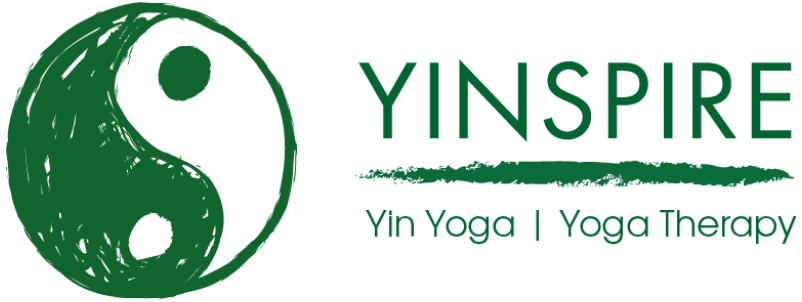 In Shock: How Nearly Dying Made Me a Better Intensive Care Doctor
In Shock: How Nearly Dying Made Me a Better Intensive Care Doctor
As the title suggests, the author is an Intensive Care Doctor in the US, working on an Intensive Care Unit. A serious illness during pregnancy saw her nearly die in her own hospital, and an extended period of residence on new own ward, followed by several further admissions, complications and hospital stays.
In this book she reflects on her experience as a patient, and in particular around communication and candour by medical professionals, not just doctors.
She reflects on the way she was spoken to, and spoken about
”She’s circling the drain” one doctor said as they worked to save her life, not thinking she, the patient, could hear.
“Can you show me where you see that?” said a junior doctor as he scanned her unborn child, and Dr Awdish noticed from the scan that the babies heart wasn’t beating.
The list goes on. Since then it seems Dr Awdish has made it her mission to promote better communication in medical environments.
I read this book over two days, and ironically at the end of a week when I had been experiencing frustration in my communicating with my medical team over what was objectively a much less serious matter, but which subjectively mattered a lot to me. I had experienced what felt to me like disinterest from medical secretaries, but was probably how they approach their work which to them is their job but to me is my health. A chasm that needs bridging with care.
What struck me was this communication gulf effects much wider situations. Many of you reading this will know as well as being a yoga teacher I also run an accountancy practice – how do myself and my staff communicate with clients when their urgent needs – clarity over a tax assessment; a letter for a bank loan or tenancy agreement – disrupt our ordered working days? With my yoga hat on, how does this gulf affect my communication with yoga clients who put great store in yogas ability to heal and soothe their ailments.
This is a really useful book for anyone who communicates in a situation where there is an imbalance of status, where one has power, the other has a need or weakness. It’s also a useful, non saccharine, reminder of how to communicate with compassion and care, simply, be nice to others; a reminder to frame communication through not just your lens, but the lens of the other party.
A recommended book for anyone who communicates, especially in a therapeutic or care environment.
Buy from Amazon using this link, and Yinspire earns a small commission
https://amzn.to/2JIXDNS

